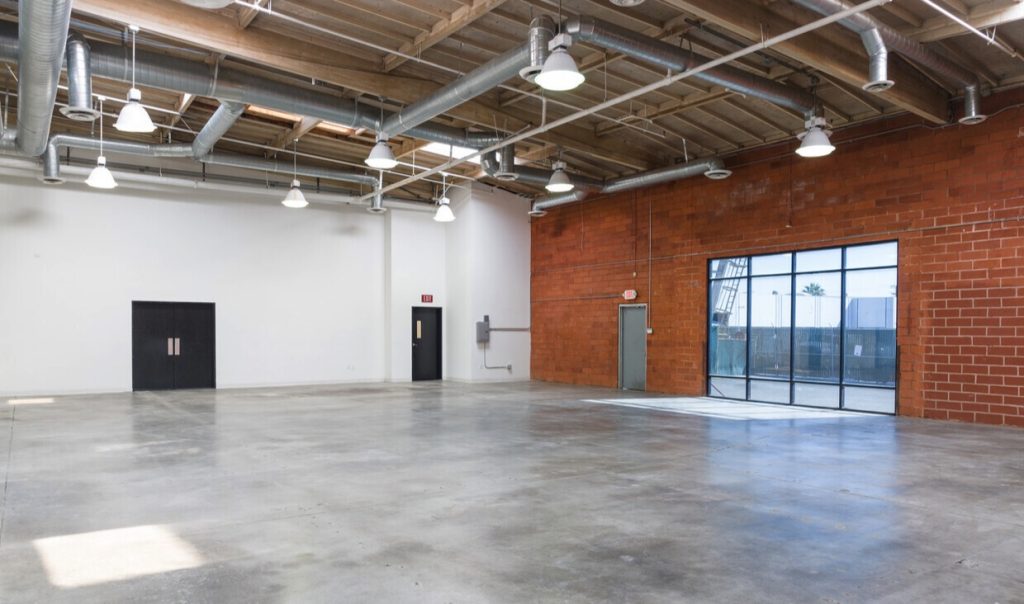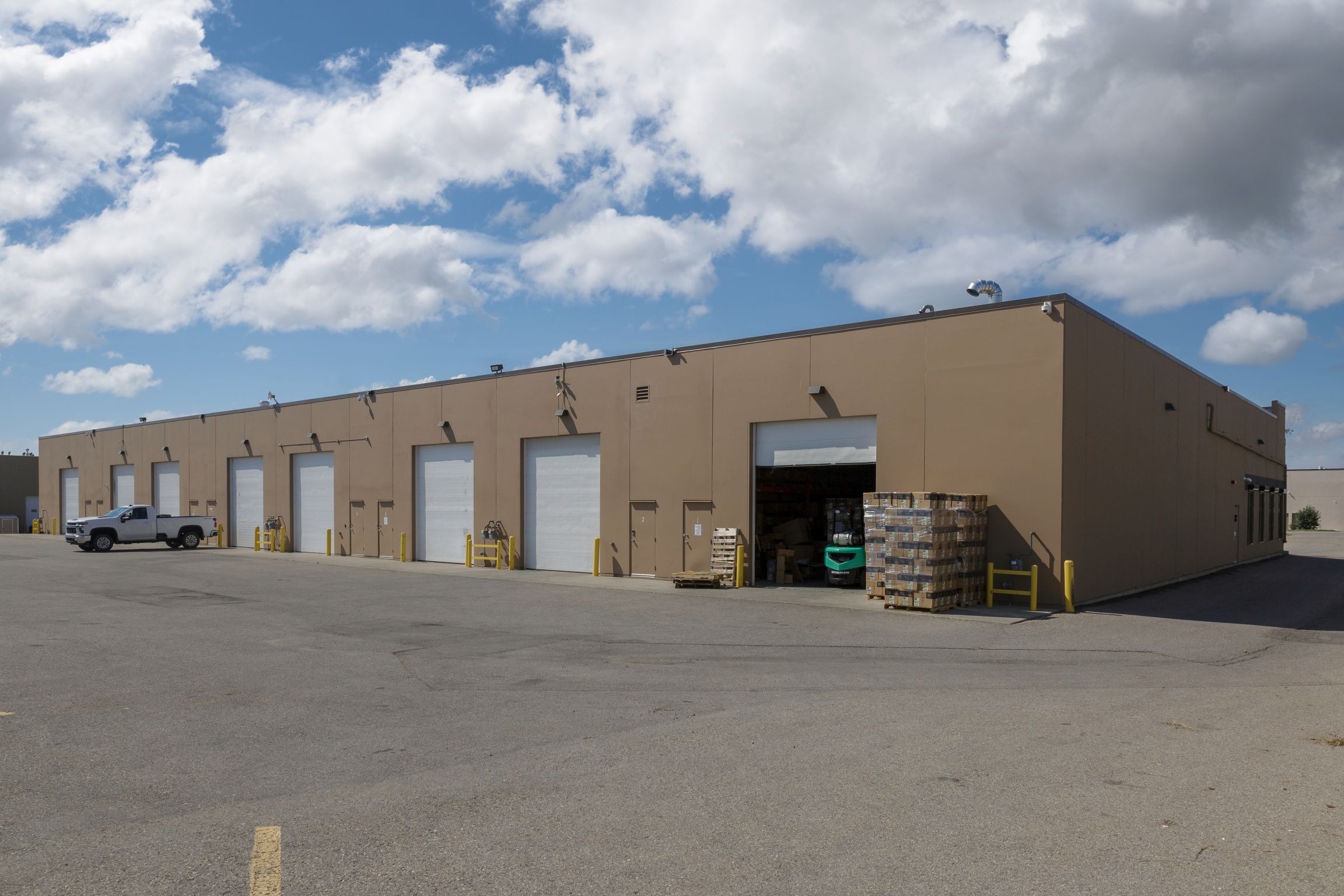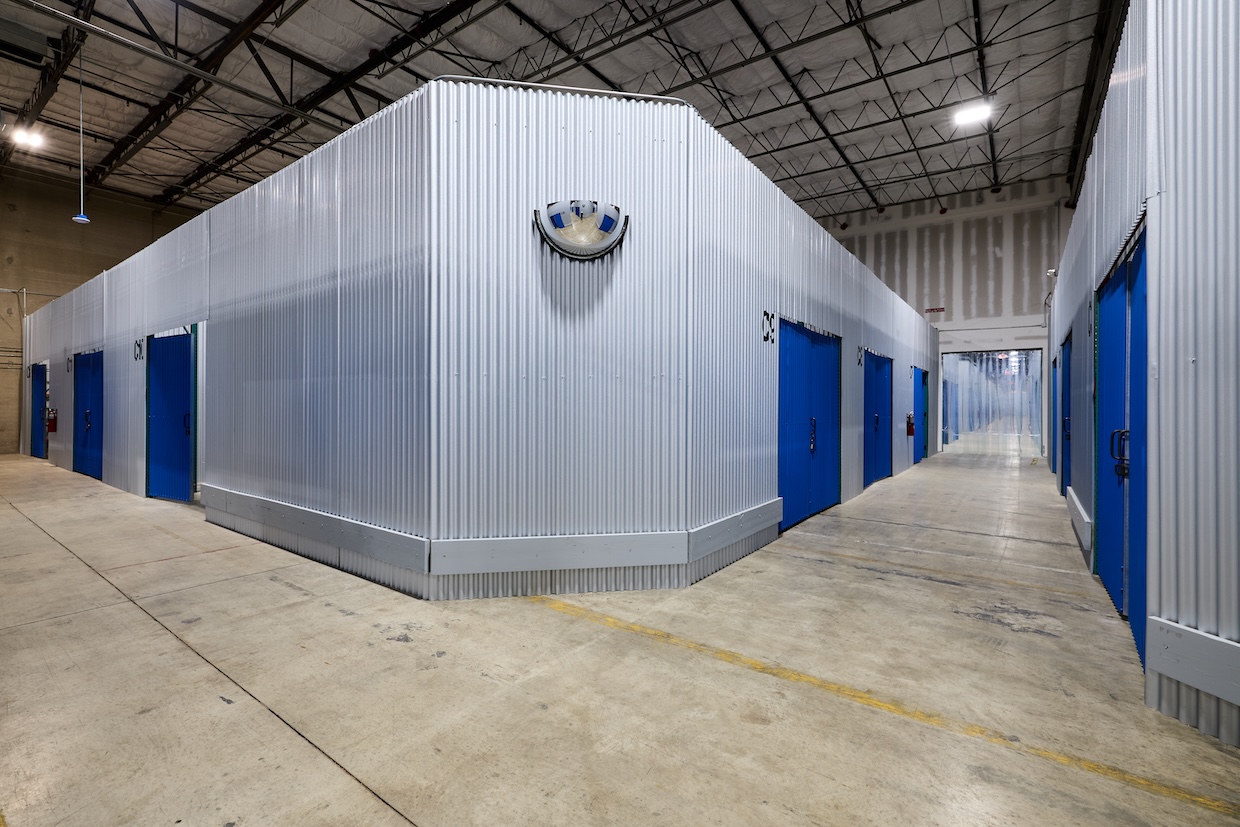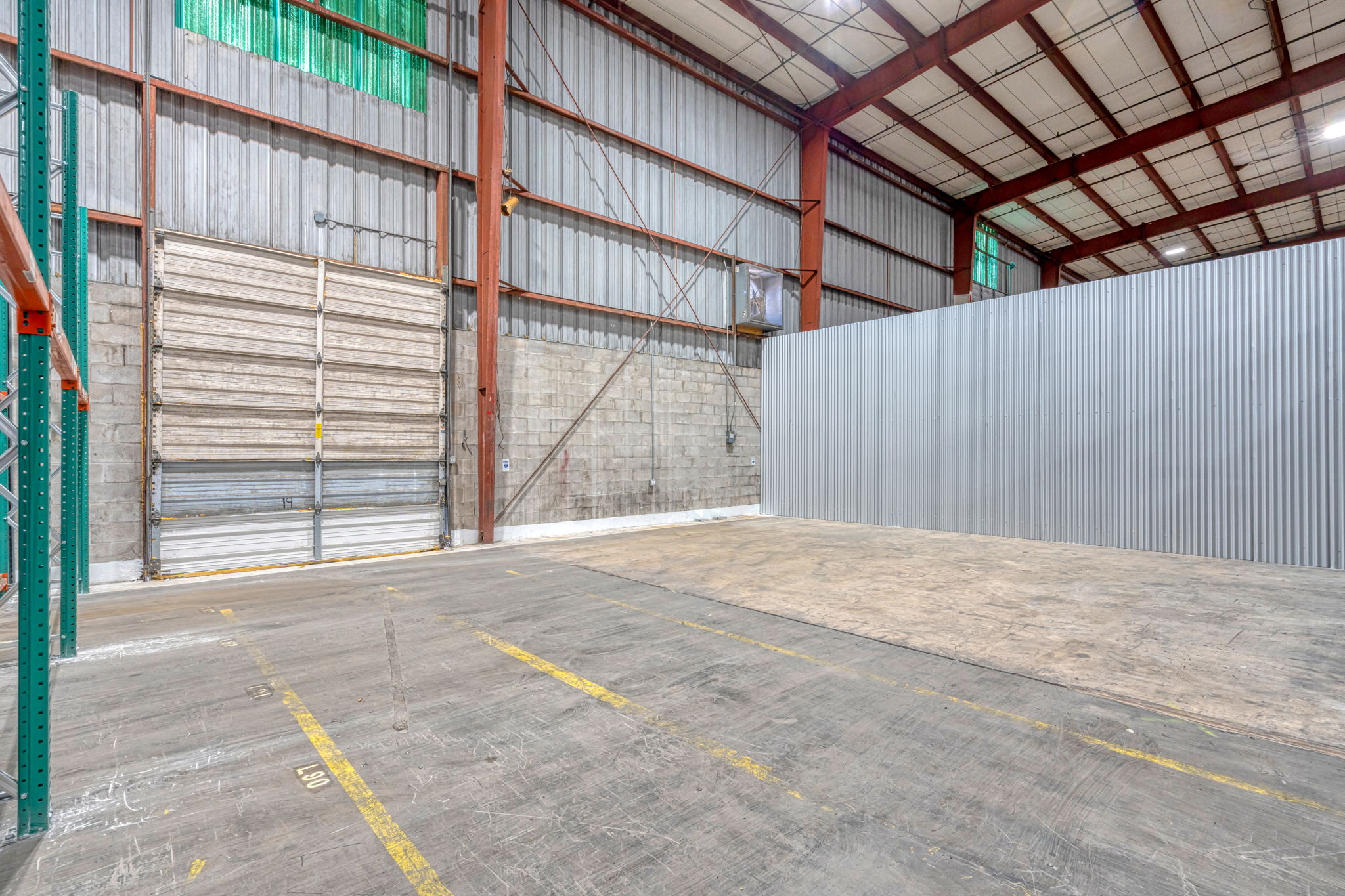2025 Industrial Real Estate Market Trends: Emerging Hotspots for Small Businesses
As we move deeper into 2025, the industrial real estate landscape continues evolving, creating challenges and opportunities for small businesses. This analysis explores market conditions, emerging regional hotspots, and practical strategies for small businesses navigating this competitive terrain.

Current State of Industrial Real Estate
The industrial real estate sector has experienced significant transformation over the past several years. Here’s where the market stands in 2025:
Market Overview
Based on industry data through late 2024 (the most recent available industry figures):
- Vacancy rates remain historically low at 3.8% nationally for industrial properties
- Lease rates have increased approximately 6.2% year-over-year
- Construction costs continue to rise, though at a slower pace than 2023-2024
- New construction deliveries have picked up in secondary and tertiary markets
Note: These figures reflect published industry data from major commercial real estate reports as of late 2024.
Key Factors Influencing the Market
Several macro trends continue to shape the industrial landscape:
- Reshoring of manufacturing operations
- Supply chain diversification strategies
- Last-mile delivery requirements
- Technology integration in warehousing and distribution
- Sustainability mandates affecting building specifications
Emerging Regional Hotspots for Small Businesses
While traditional industrial centers remain important, several regions are emerging as particularly attractive for small businesses seeking affordable industrial space with strategic advantages.
The Southeast Corridor | Secondary Western Markets | Midwest Manufacturing Resurgence | Northeast Micro-Industrial Parks | |
| Overview | The southeastern United States continues its industrial growth trajectory | As coastal Western markets remain prohibitively expensive, these alternatives offer better value | The Midwest is seeing renewed interest for small-scale manufacturing | Despite higher costs, specific northeastern areas are developing specialized solutions |
| Potential benefits for small businesses: | Lower overall operating costs compared to coastal markets Strong transportation infrastructure Business-friendly regulatory environment Growing consumer base | More affordable than Los Angeles/Bay Area while maintaining Western market access Growing local economies Improved logistics connections Lower regulatory burdens in some areas | Established industrial infrastructure Skilled workforce availability Central location for national distribution Significantly lower real estate costs than coastal markets | Access to major consumer markets Smaller, more flexible industrial spaces Specialized industry clusters Proximity to financial centers |
| Areas of opportunity: | Greenville-Spartanburg, South Carolina Savannah, Georgia Nashville, Tennessee outskirts Central Florida’s I-4 Corridor | Reno, Nevada Salt Lake City outskirts, Utah Boise, Idaho Phoenix East Valley, Arizona | Grand Rapids, Michigan Indianapolis suburban areas, Indiana Columbus, Ohio Western Chicago suburbs, Illinois | Lehigh Valley, Pennsylvania Southern New Hampshire Outer boroughs of New York City Central Connecticut |
Emerging Property Types for Small Businesses
The definition of industrial real estate continues to expand, with several categories showing particular promise for small businesses:
Multi-Tenant Light Industrial
- Typical configuration:
- 800-5,000 sq ft units
- Flexible buildouts
- Shared loading areas
- Mixed office/warehouse space
- Ideal for:
- Light manufacturing
- Small batch production
- E-commerce startups
- Service businesses with equipment storage needs
Flex Space Developments
- Typical configuration:
- 2,000-10,000 sq ft units
- Higher office percentage (30-50%)
- Enhanced power capacity
- Modern technology infrastructure
- Ideal for:
- Technology hardware companies
- R&D operations
- High-value product manufacturing
- Businesses requiring customer-facing components
Converted Retail Spaces
- Typical configuration:
- Former big-box retail locations
- Good access and visibility
- Extensive parking
- Adaptable interior layouts
- Ideal for:
- Last-mile fulfillment
- Businesses with customer pickup needs
- Showroom/warehouse combinations
- Manufacturing with retail components
Industrial Condominiums
- Typical configuration:
- Ownership rather than a lease model
- 1,500-7,500 sq ft units
- Shared common expenses
- Owner-controlled improvements
- Ideal for:
- Established small businesses
- Companies seeking fixed occupancy costs
- Businesses requiring specialized buildouts
- Operations with long-term location needs
Cost Trends and Comparisons
Note: The following data is presented for illustrative purposes to demonstrate relative cost differences between markets. Actual rates will vary based on specific location, property features, and market conditions. Businesses should conduct specific market research for current rates in their target areas.
Representative Lease Rate Comparisons
| Market Type | Example Regions | Approximate Lease Range (per sq ft/year) |
|---|---|---|
| Tier 1 Markets | Los Angeles, New York Metro, Bay Area | $14.00-$25.00+ |
| Tier 2 Markets | Dallas, Atlanta, Chicago | $7.50-$13.00 |
| Tier 3 Markets | Indianapolis, Salt Lake City, Nashville | $5.50-$9.00 |
| Emerging Markets | Greenville SC, Lehigh Valley PA | $4.50-$7.50 |
Estimated Operating Cost Variations
| Region | Power Costs | Labor Costs | Transportation Access | Overall Operating Premium |
|---|---|---|---|---|
| Northeast | High | High | Excellent | +25-40% |
| Midwest | Medium | Medium | Good | Baseline |
| Southeast | Low-Medium | Low-Medium | Good | -5-15% |
| Southwest | Medium-High | Medium | Mixed | +5-10% |
| West Coast | High | High | Good-Excellent | +30-50% |
Key Factors Small Businesses Should Consider
Beyond lease rates, small businesses should evaluate these factors when selecting industrial real estate:
1. Labor Market Dynamics
- Availability of workers with needed skills
- Wage rates and competitive landscape
- Population growth trajectories
- Local training resources and educational institutions
2. Logistics Considerations
- Proximity to major transportation arteries
- Access to intermodal facilities
- Last-mile delivery efficiency
- Supplier network proximity
3. Future Expansion Potential
- Adjacent space availability
- Lease terms with expansion options
- Market growth trajectory
- Zoning and development outlook
4. Total Cost Structure
- Tax environment (property, income, inventory)
- Utility costs and reliability
- Regulatory compliance expenses
- Economic incentives and abatements
Strategic Approaches for Small Businesses
Given current market conditions, small businesses should consider these strategies when seeking industrial space:
Consider Class B or C Properties
Older but functional industrial properties often offer significant cost advantages while providing the essential functionality most small businesses need.
Explore Sale-Leaseback Options
Current market conditions may make a sale-leaseback transaction attractive for businesses that own their facilities. This would free up capital while securing long-term occupancy.
Investigate Adaptive Reuse
Former retail, office, or other commercial properties being converted to industrial use often offer competitive rates and good locations.
Leverage Economic Development Programs
Many regions offer incentives designed for small businesses, bringing jobs and investment to targeted areas.
Look Beyond Traditional Industrial Parks
Some of the best values for small businesses exist in mixed-use areas or commercial zones that permit light industrial uses.
Future Outlook: What to Watch in 2025-2026
Several factors will shape industrial real estate for small businesses in the coming year:
- Interest rate trajectories and their impact on development and acquisition.
- Supply chain reconfiguration as global trade patterns continue evolving.
- Technology adoption creating new facility requirements.
- Sustainability regulations affecting building requirements and operations.
- Shifts in consumer behavior influencing distribution networks.
Navigating the 2025 Industrial Landscape
Despite persistent challenges in finding affordable industrial space, small businesses have more options than headlines suggest. By looking beyond primary markets, considering alternative property types, and thoroughly analyzing total operating costs, small businesses can find industrial real estate solutions that support their growth objectives.
The most successful small businesses approach their real estate decisions strategically, viewing their facilities not just as a necessary expense but as a potential competitive advantage that can enhance operations, support growth, and contribute to long-term success.
Looking for industrial space for your small business? Search available properties on WareCRE to find locations that match your specific requirements.


